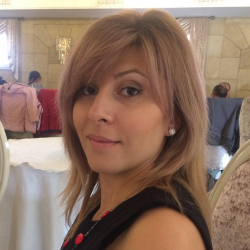Просмотр содержимого документа
«Stative Verbs........................»
Stative Verbs
Verbs describing a permanent state (stative verbs) do not normally have continuous forms.
These are:
• verbs of the senses: see, hear, smell, feel, taste, etc. (We often use can or could with these
verbs.) Can you see that tall boy over there?
However, the verbs look, watch and listen express deliberate actions and can be used in
continuous forms. Be quiet please! I'm listening to the news. BUT I can't hear you. Can you speak
louder, please?
Note: The verbs feel and hurt can be used in either continuous or simple forms.
A: How are you feeling today? / How do you feel today?
B: My leg is hurting. / My leg hurts.
• verbs of opinion: agree, believe, consider, etc. I believe he's telling the truth.
• verbs of emotion: feel, forgive, hate, like, love, etc. Harry likes rock music.
• other verbs: appear (= seem), be, belong, fit (= be the right shape and size for sth),
have (= possess), know, look (= appear), need, prefer, require, want, weigh, wish, etc.
He knows where Peter is. (NOT: is knowing)

















